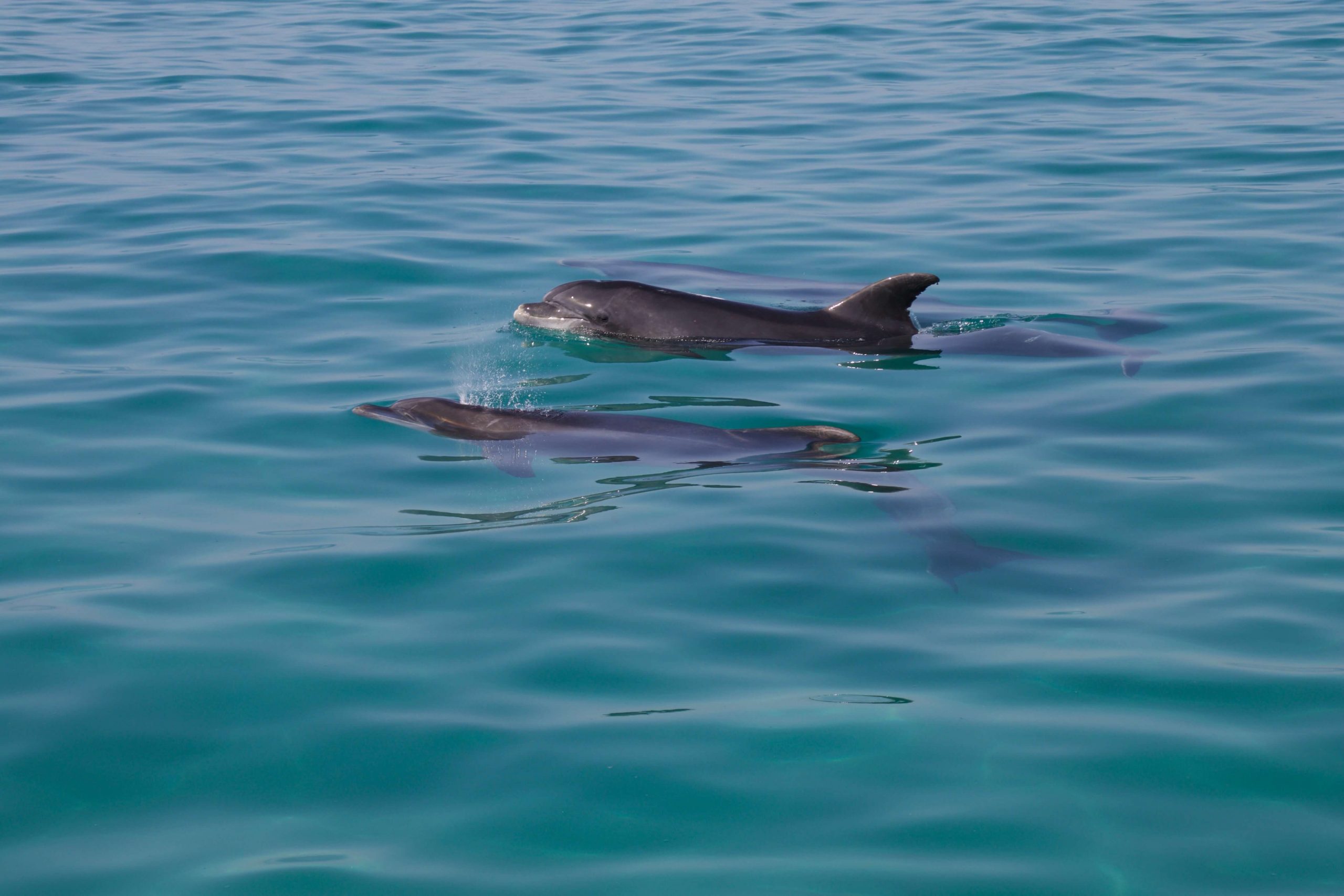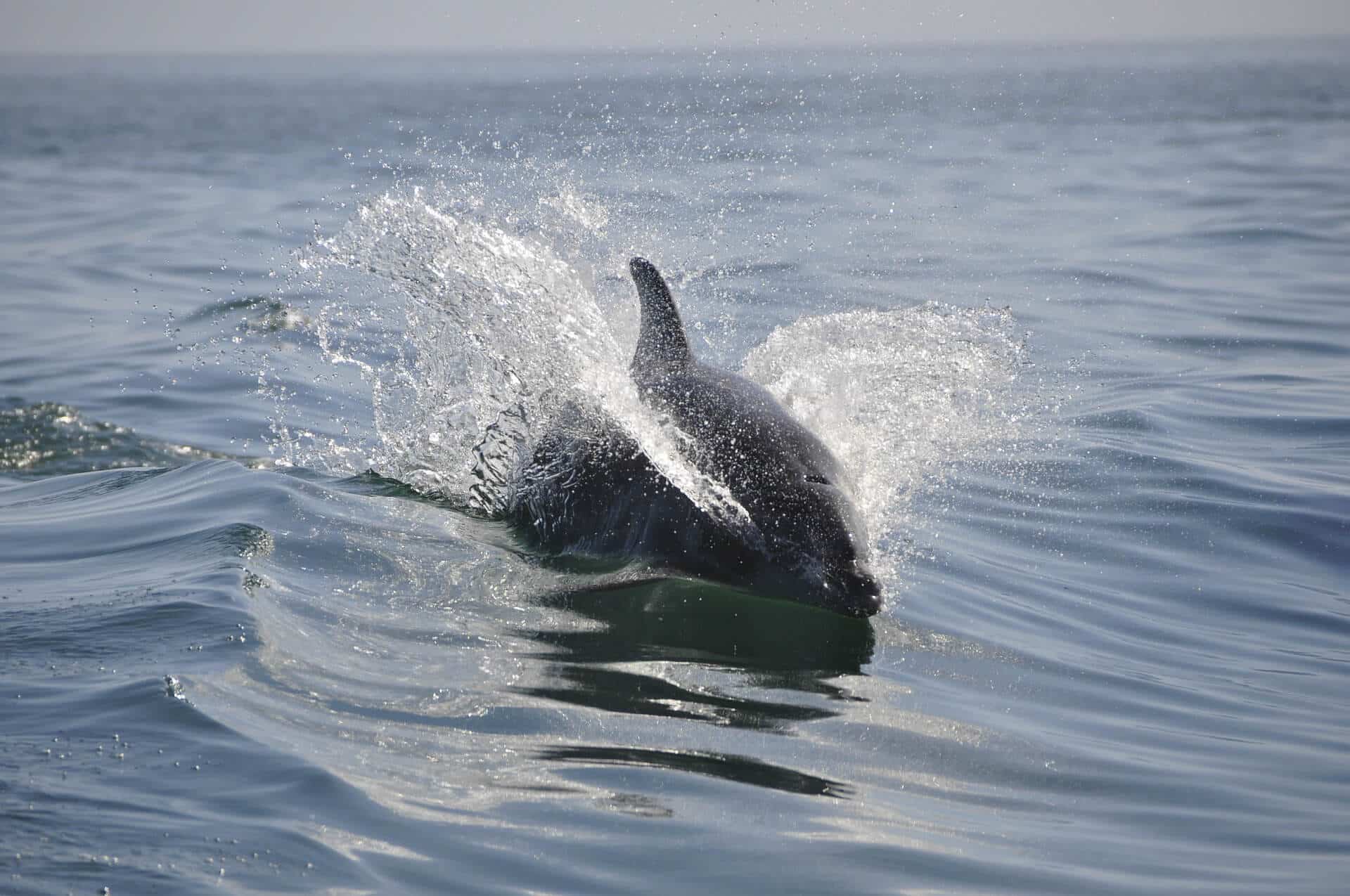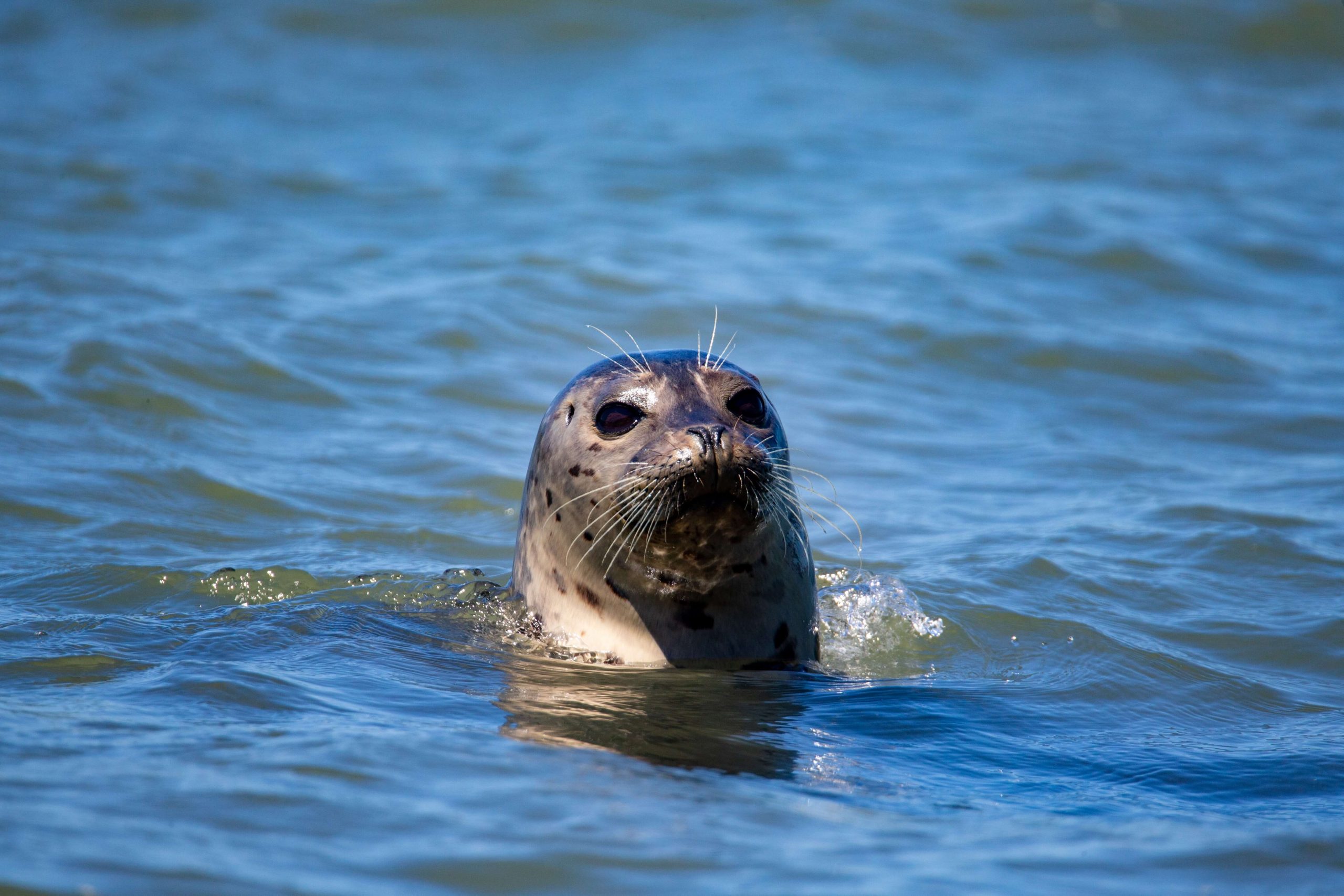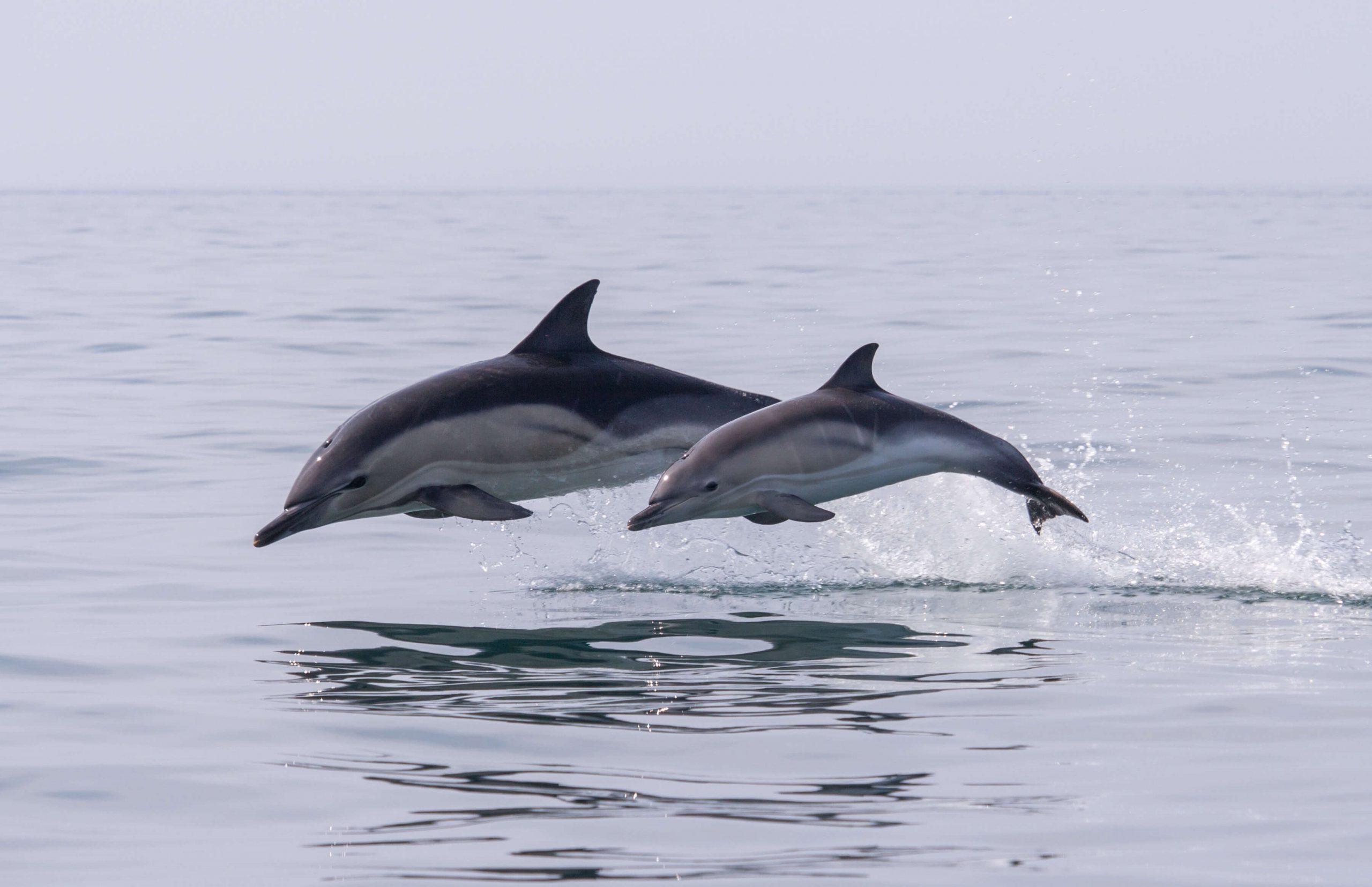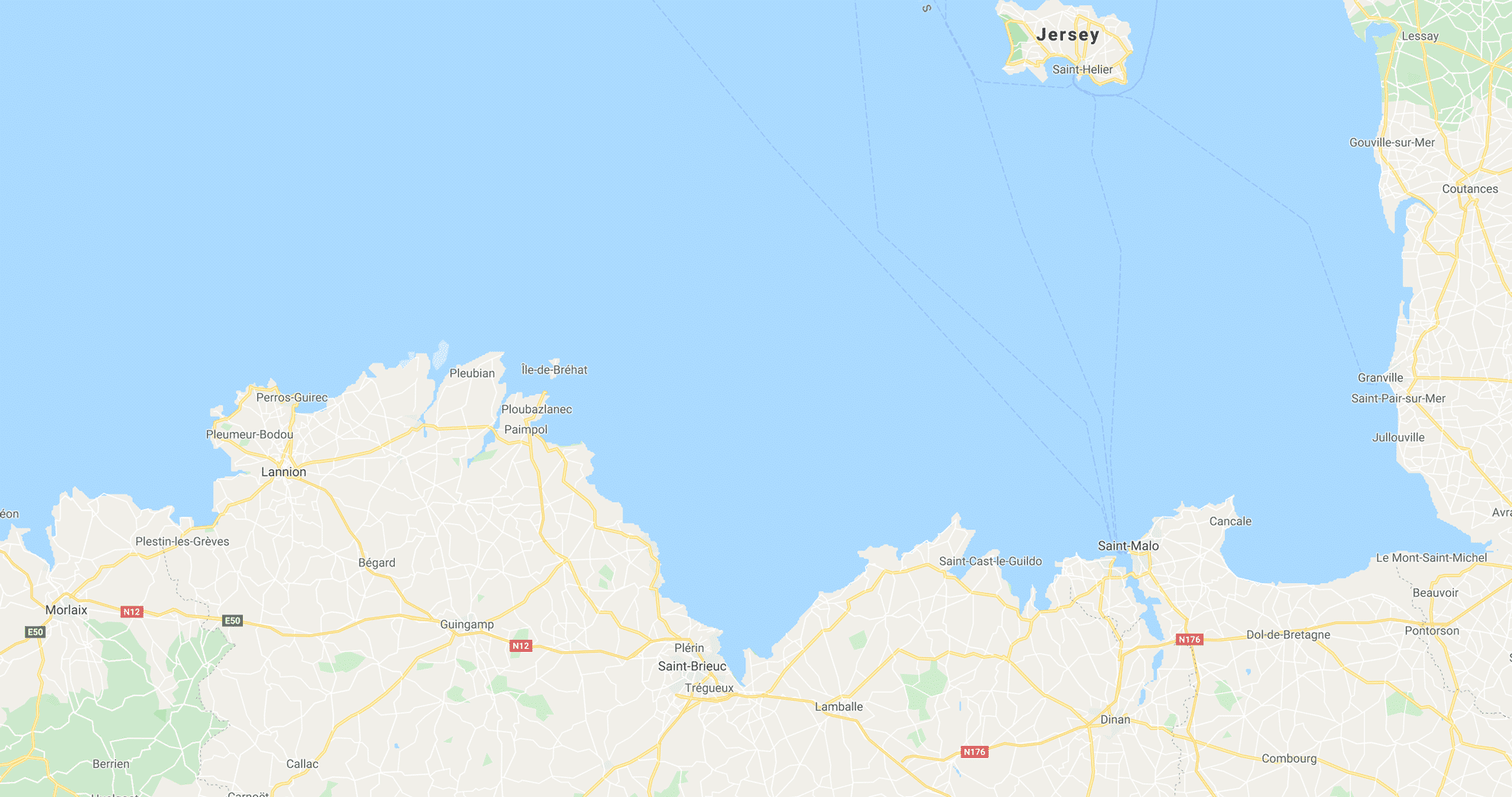Compensation measures
The wind farm off the coast of Saint-Brieuc Bay, supported by Ailes Marines , obtained on April 18, 2017, from the Prefecture of Côtes-d'Armor, the administrative authorization known as "Single IOTA Authorization" under the provisions of the articles L.214-1 et seq. of the Environmental Code.
This authorization prescribes several environmental monitoring, reduction, compensation or support measures. The compensation measures aim to neutralize the potential negative effects of the park through the deployment of positive measures for the environment.
Improvement of the tranquility of marine mammals
During construction:
Habitat loss/modification
Risk of mortality/injury due to noise (threshing)
Disturbance from ships and noise
Risk of collision with ships
During operation:
Negligible impacts
The objective of this measure is to strengthen the peace and quiet of marine mammals in the Normandy Breton Gulf during the construction phase of the wind farm off the coast of Saint-Brieuc Bay.
Several meetings were organized with State services (DREAL, OFB, DDTM, PREMAR), and marine mammal experts (Al Lark, Océanopolis, GECC), during 2019 and early 2020.
The species targeted by this awareness program are the main species of cetaceans and pinnipeds frequenting the Normandy Breton Gulf, namely the bottlenose dolphin, the common dolphin, the Risso's dolphin, the porpoise, the calf seal, and the seal. gray.
Several aspects are implemented:
Several awareness tools are being developed:
Booklet
Awareness operations
ObsenMer

If the east of the bay is the subject of active awareness raising, notably by Al Lark, the west of the bay is less subject to awareness raising around marine mammals and will therefore be mainly targeted for Ailes Marines ' actions. Ailes Marines .
Schedule and Status
Measure implemented
2020
- In the pre-construction phase 87%
2022
- In construction phase 0%
2024, 2025, 2026, 2034, 2044
- In the operating phase 0%
Fight against predation of seabirds by carrion crows
During construction:
Loss / Modification of habitat
Risk of injury due to underwater noise (dashing)
Disturbance due to ships
Risk of collision with ships
During operation:
Risk of collision
Loss / Modification of habitat
Various crow regulation operations have been carried out on Cap Fréhel since 2012. These operations aimed to limit the predation exerted on seabird clutches by crows tending to specialize on the Common Guillemot and the Black-legged Kittiwake. The Syndicat Mixte Grand Site Cap d'Erquy Cap Fréhel, an experienced operator of this practice, has been implementing this compensation measure on behalf of Ailes Marines since 2019.
The 2019 campaign allowed nine crows to be captured on Cap Fréhel (result similar to 2018). All high-stakes species reached a historic record number for Cap Fréhel over the period monitored. The regulation of predation carried out by the Carrion Crow is undoubtedly linked to the observed increase in numbers.
the kittiwake
the Troil guillemot
the penguin twisted
the shag
Significant predation by the Peregrine Falcon should be noted. The implementation of this measure is a success and is bearing fruit. The 2020 campaign is currently underway (April – June 2020).
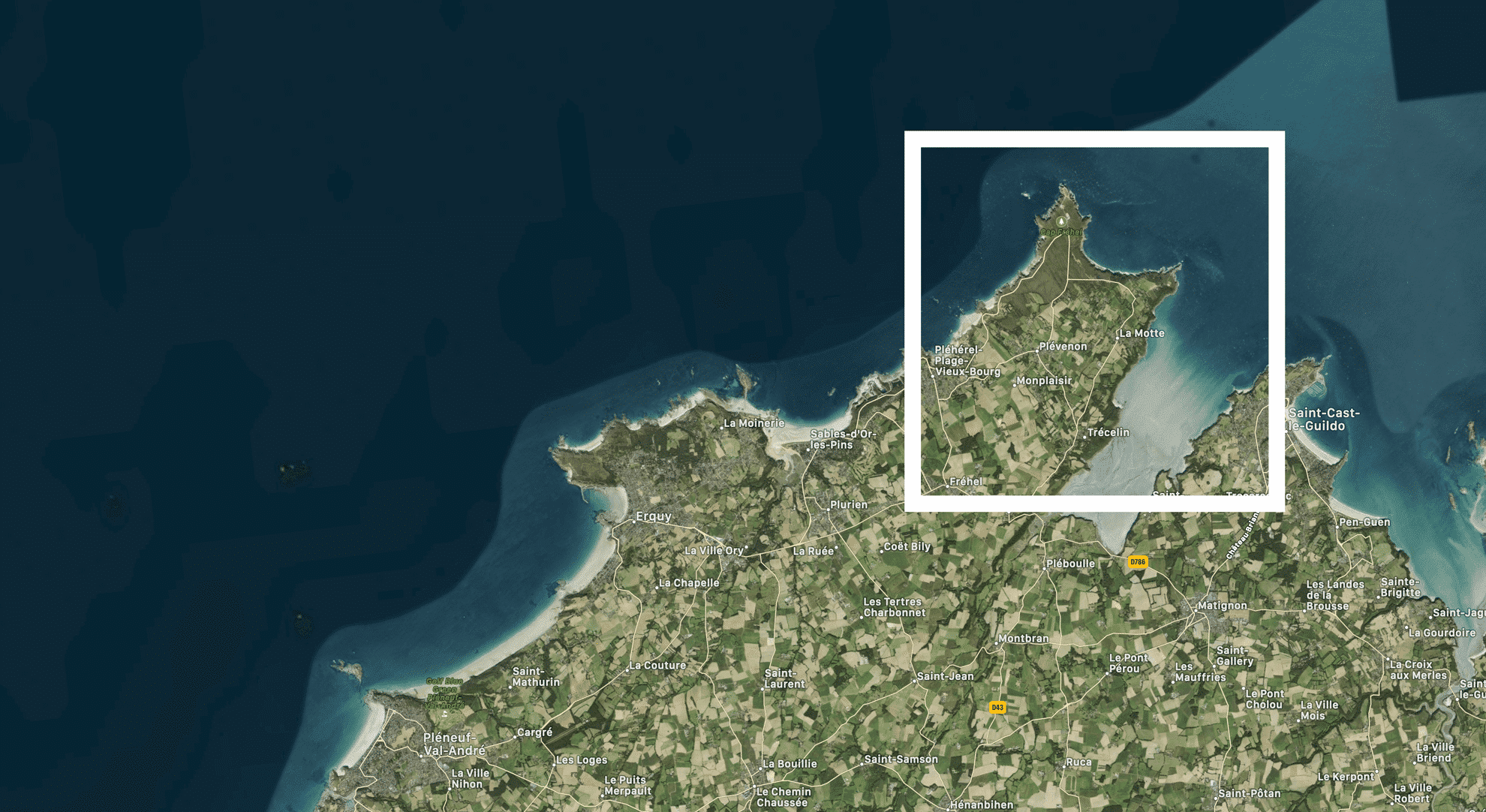
The measure is implemented on land, on the cliffs of Cap Fréhel.
Schedule and Status
Measure implemented
This compensatory measure is put in place before the start of the work, then extends annually for a period of 10 years then, if necessary, every 2 years until the end of the life of the project.
Eradication of American Mink on the Trégor Islands – Pink Granite Coast
During construction:
Loss / Modification of habitat
Risk of injury due to underwater noise (dashing)
Disturbance due to ships
Risk of collision with ships
During operation:
Risk of collision
Loss / Modification of habitat
This compensation measure is part of the multi-partnership program, set up under the name “Trégor-Gestion-Vison”, supported by the Departmental Federation of Côtes d’Armor Hunters, the Conservatoire du Littoral, the LPO, the commune of Perros-Guirec, Lannion Trégor Community and Ailes Marines .
It has three main objectives:
The operations are part of a global ecological restoration project for the island for the benefit of nesting seabird colonies.
Between July 2017 & October 2018:
made it possible to raise
In 2019:
made it possible to raise
The 3 observations of the year 2019 were all carried out on the occasion of the first outing of the season on 04/9/2019 and no other indication of presence was therefore noted subsequently on the surveys carried out from May to October 2019. These 2019 results are incommensurate with those observed in 2018 (88 indices) and 2017 (100 indices).
These results make it possible to observe for the first time an obvious drop in presence indices, suggesting a virtual disappearance of the American mink on the island of Tomé. The first monitoring carried out in 2020 did not reveal any new traces, and certain nesting birds have returned to the Island, a sign of the effectiveness of the measure. After a period focused on the regulation of the species and with the observed drop in presence indices, the measure now turns mainly to the genetic analysis of samples to try to characterize the origin of the minks on Tomé (INRA Rennes). However, land surveys are continuing to confirm the trend.

Monitoring is carried out across the entire Tomé Island, when tidal conditions permit.
Schedule and Status
Measure implemented
This compensatory measure has been in place since 2017, according to the following methods:
- Trapping – Eradication: Annual action for 5 years
- Three-year monitoring after the eradication period and for the lifespan of the project

